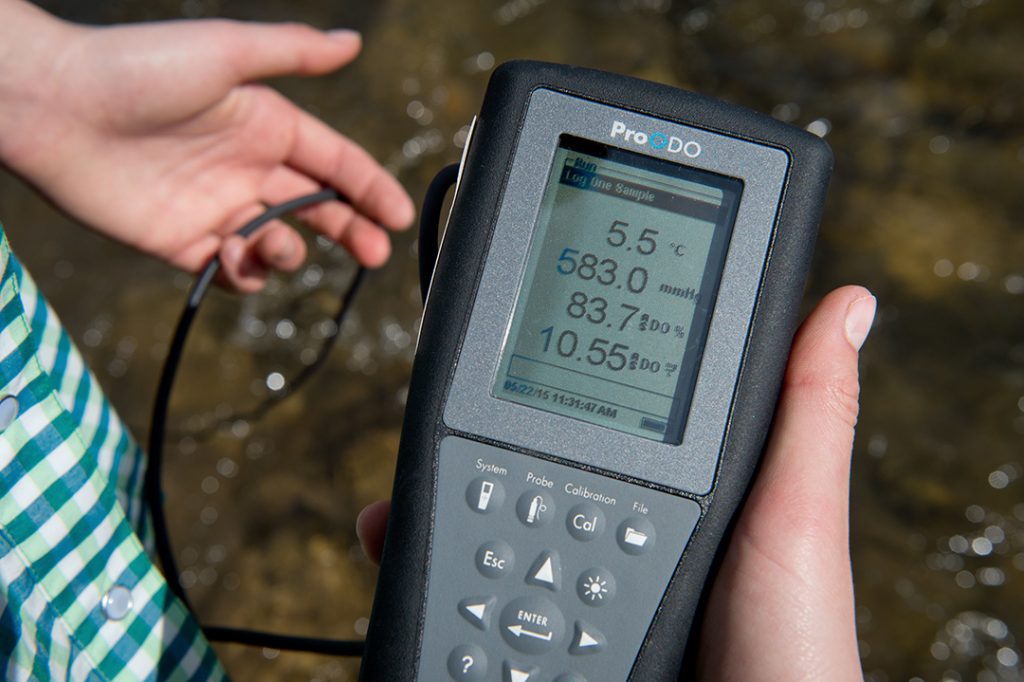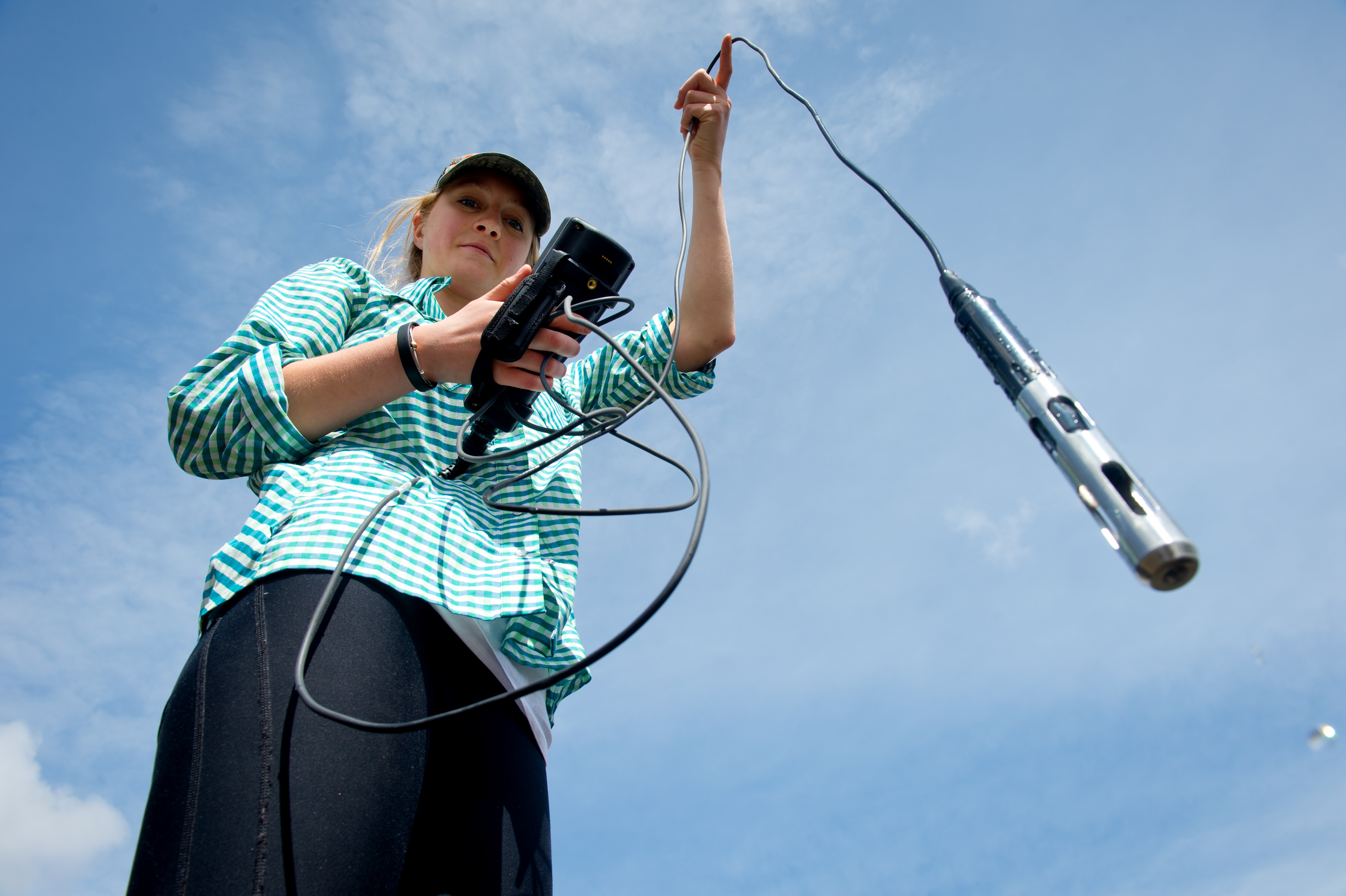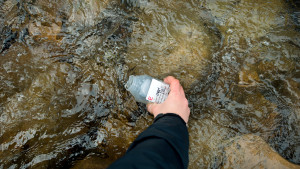Recent events have demonstrated the importance of the Gallatin River Task Force Community Water Quality Monitoring Program. Thanks to volunteers like you, the Task Force was able to pinpoint the start and duration of the Yellowstone Club wastewater effluent spill and provide meaningful historical data that is being used to evaluate the impacts of the incident.

Specific conductance, the measure of the capacity of water to carry an electrical current, from the Gallatin River Task Force continuous monitoring station shows a precipitous drop at 5:30 AM Monday, 3/7. The Big Sky Water & Sewer District and Yellowstone Club were able to estimate the time the pond stopped leaking by working backward to allow for travel time.
Specific conductance data from the South Fork continuous monitoring station tracked changes in water quality during the Yellowstone Club Spill. In addition, 15 years of data collected during routine Task Force volunteer monitoring events will be used to establish “baseline” water quality before the spill. This information provides the necessary context to track changes in water quality after the Yellowstone Club effluent spill. For a summary of last year’s data, check out the 2015 Upper Gallatin River Watershed Water Quality Report.
Help us continue this valuable work! Join the Task Force at an upcoming monitoring event: April 6th, 7th, and/or 8th to collect baseline water quality data for the Upper Gallatin River Watershed (details below).

Task Force volunteer Meredith Hardy measuring water temperature and dissolved oxygen with a YSI water quality probe.
April 6th, 9 AM to 12 PM: Chloride Exploration
Rendezvous at the Gallatin River Task Force Office, 47855 Gallatin Road
The Gallatin River Task Force noticed elevated chloride on the Middle Fork during our winter monitoring event. Join us to investigate these results by sampling chloride at increments on the Middle Fork. Skis or snow shoes provided upon request.
RSVP: Stephanie
April 7th, 9 AM to 4 PM: Water Quality Monitoring Event
Rendezvous at the River Task Force Office, 47855 Gallatin Road
Join the Gallatin River Task Force for our annual pre-runoff Water Quality Monitoring Event. Help us to measure water temperature, dissolved oxygen, pH, chloride, conductivity, turbidity, total coliform, E. coli, and nitrate from Yellowstone National Park to Big Sky Resort. Snow shoes or skis available upon request.
RSVP: Stephanie

What could be more fun than backcountry skiing and monitoring water quality in Yellowstone National Park?
April 8th, 9 AM to 12 PM: Members Only Ski
Rendezvous at the River Task Force Office, 47855 Gallatin Road
Join the Gallatin River Task Force for a backcountry ski in Yellowstone National Park. While we’re in the field, we’ll collect baseline water quality information near the headwaters of the Gallatin River. Help us to measure water temperature, dissolved oxygen, pH, chloride, conductivity, turbidity, total coliform, E. coli, and nitrate. Skis or snow shoes available upon request.
RSVP: Stephanie


